Approach
- The CompassDecide your level of Agility
- The JourneyAn incremental approach to Transformation
- The RoadmapA change model for success
- Field NotesA resource library for all things Agile
LeadingAgile can help you build a transformation strategy which respects where you are today while laying the foundation for where you need to be in the future.

We start by evaluating what your company values from a planning perspective. Most companies are struggling to balance the need for predictability with the need to rapidly respond to change. It’s not so much about how predictable you are, it’s more about how predictable you are trying to be. Conversely, if you value change and have built your organization for adaptability, we aren’t so interested in how well you adapt, more how you have built mechanisms for adaptability into your organization.

Next we evaluate what your customer values from a planning perspective. Are you trying to figure out your market, making sure that you are building the products your customer wants? We call that an emergent ecosystem. If you are focused on making and meeting commitments, possibly due to governance requirements or contractual obligations, you are probably operating in a convergent ecosystem. Many customers are trying to balance the need for certainty with the need to respond to changing requirements.

Comparing the planning characteristics of the company with the planning expectations and needs of the client allows us to put your company, or your division, or even just your product area into one of four quadrants. The four quadrants help us understand more clearly some of the challenges you might experience meeting customer expectations, why you are struggling or might struggle to adopt agile, and how to talk about the steps necessary to safely and pragmatically move your organization forward.
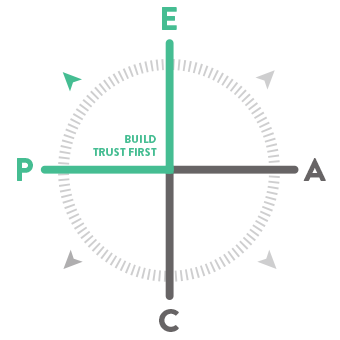
These organizations are trying their best to be predictable, but their clients don’t know exactly what they want, their markets are changing all around them, and they are generally living in a chaotic environment and feel like they are thrashing. Typically a ton of time is spent doing long-term planning that is obsolete as soon as they are finished. These organizations often get product to market, but deliver in an ad-hoc unpredictable way, have to drop everything to work on their highest priorities, and experience consistent death marches.
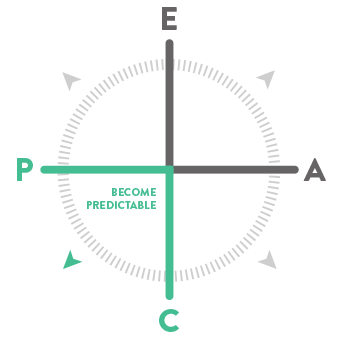
These organizations are actually in alignment with their customers expectations, but may struggle making and meeting commitments due to lack of clarity around the requirements, poor estimation, and extreme variability in the rate in which individuals can actually complete work against the estimates. These organizations often have highly structured PMO organizations, very disciplined governance, long-term planning and tracking processes, but still struggle to make and meet commitments on a regular basis.
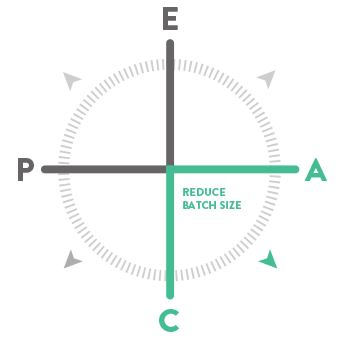
These organizations are built to be adaptive. They are probably trying to use Scrum, Extreme Programming, or SAFe. They value change, but still are striving for a relatively predictable delivery cadence. The key characteristic of companies in this quadrant is that they understand how to make commitments in smaller batches. They can often nail a two week sprint or even a three month release. They may have roadmap level visibility further out, but realize that change is inevitable so they plan in smaller chunks.
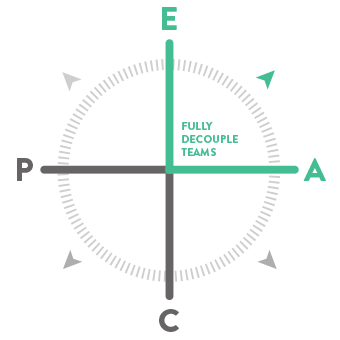
These companies are more likely to be operating in a Lean Startup or R&D model. They understand they are investing to learn. They do small experiments, put product into market often, and learn quickly from customer feedback. These companies may have to make and meet commitments too, but failure to deliver shouldn’t be fatal. These companies are characterized by small teams that operate independently, often with loosely defined requirements, and are measured more on goals or specific business outcomes.
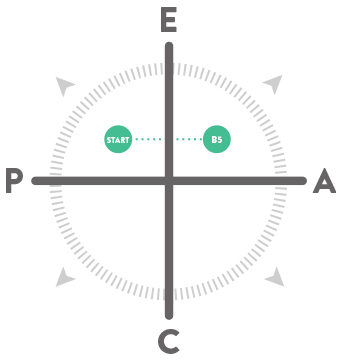
Many companies adopt agile because they are currently operating in the predictive-emergent quadrant, and given the emergent needs of their customer, decide that they need to move to the adaptive-emergent quadrant. These companies conduct an agile pilot where they create a loosely coupled, cross-functional team. They give this team everything they need to be successful and loosen the requirement to make specific commitments to the organization. With all organizational constraints removed, these teams are often wildly successful.
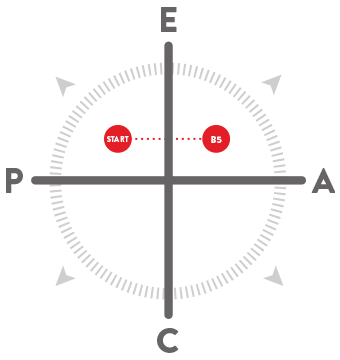
With the success of the agile pilot, the organization believes it can replicate this success across the remainder of the organization. The problem is that the conditions created during the adaptive-emergent pilot cannot be replicated or sustained without fundamentally changing the predictive-emergent organization. Most teams do not have everything they need. They are not loosely coupled from the rest of the organization. Dependencies are everywhere and time, cost, and scope commitments are not relaxed. This is a recipe for failure.
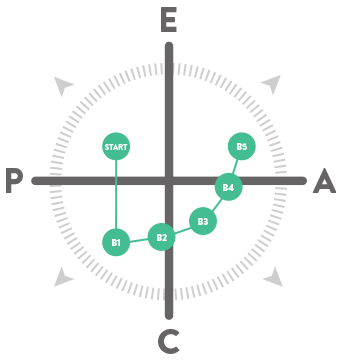
Transformation is actually a process of progressively decoupling the organization and it’s underlying technologies while learning how to operate in smaller batches at the team level and across the enterprise. The path to adaptive-emergence, often runs through the predictive-convergent quadrant, through the adaptive-convergent quadrant, and finally to the adaptive-emergent quadrant. The process centers around forming teams, defining an agile governance model, and identifying and baselining metrics the company cares about, and using those metrics over time to measure and track improvement.
You begin laying the foundation for an agile enterprise by forming teams and installing a Lean/Kanban based governance model, while maintaining focus on longer term planning, risk management, and dependency management. You are using agile techniques, but you aren’t agile yet. As you mature through the process, the teams begin committing in smaller batches, untangling the underlying technical stack, wrapping components into unit tests, focusing on technical practices and DevOps.
Once you have built trust with the organization, using agile to reliably and predictably deliver working product, and you have made sufficient progress decoupling the organization, you can begin laying the foundation to adapt how you fund projects, focusing more on business goals than requirements, and allowing each of the subsystems and teams to evolve independently. Once the teams are fully decoupled and operating on their own cadence, at their own pace, and driven by outcomes over requirements… you have achieved true business agility.
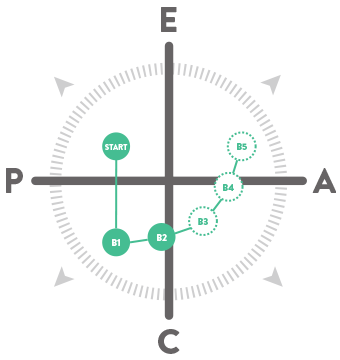
Many companies don’t need to move fully into the adaptive-emergent quadrant. Most will see significant gains by moving simply from predictive-emergent to predictive-convergent using Lean-Agile principles. If we can progress into the adaptive-convergent quadrant, you will have truly achieved most of the goals of agile you read about in the literature. Moving fully around the four quadrants requires a commitment that many organizations are not willing to make, and frankly, might not even be necessary.
The goal of the LeadingAgile compass is to create a pattern language for meaningful discussion around how to change the organization and what it is going to take to make those changes. We can dispel the myth that a few days of training will even make a dent in your agile adoption. You don’t have to buy into the language of extremists and you can craft a safe and pragmatic transformation roadmap that makes sense to the enthusiasts as well as your executive team. You can begin realizing business benefits sooner, showing progress that will fuel the rest of the transformation.
Getting started with LeadingAgile is quick and easy. We try to keep everything as low risk and as easy as possible. We are willing to invest our time to earn your trust. The process starts with a quick phone call to determine how we can help. We like to follow this initial call with a face to face whiteboard session to learn more about your company and explore our approach in greater depth.
